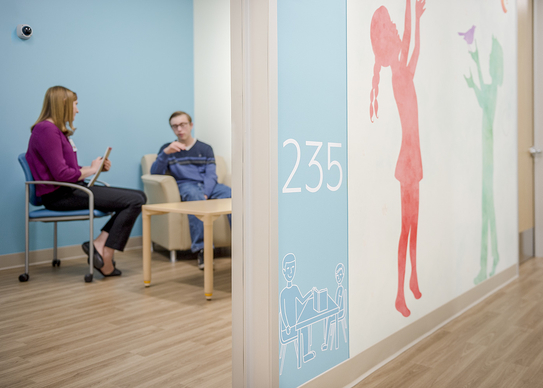Let’s talk.

Our design team, inspired by CannonDesign’s Living-Centered Design ethos, launched our Whole Child, Every Child Initiative to gain a deeper insight into the impact of the pandemic on the younger generation and the educational, physical and mental, and social disparities brought to the forefront.
The Whole Child, Every Child Initiative is:
We began with a series of virtual roundtable discussions framed around the Whole Child approach to learning and care and how it can be applied to designing the built environment. We purposefully tapped individuals with diverse perspectives and experiences from across the U.S.: educators and thought leaders from the spectrum of education (K-12 through post-secondary), pediatric hospital leaders and clinicians, child and adolescent mental health experts and social workers. And most importantly, we spoke directly to students.

Why is Whole Child so hard to achieve? There are a broad spectrum of issues and challenges that are interconnected and must be aligned for a Whole Child solution to be realized. The above ecosystem is meant to start conversations to build a shared understanding of what Whole Child means to your community or organization.
Learn more about our AIA Course, Whole Child Approach to Design: New Insights & Learnings. This course provides 1 AIA HSW Continuing Education Credit.
Download our insights report.
Let’s talk.